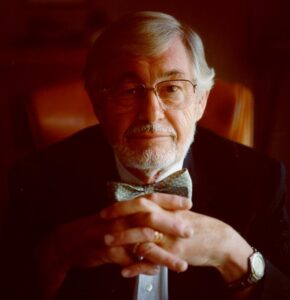 In 1952, Swedish professor Per-Ingvar Brånemark conducted a very interesting experiment. Using a titanium implant, he studied blood flow in a rabbit fibula bone.
In 1952, Swedish professor Per-Ingvar Brånemark conducted a very interesting experiment. Using a titanium implant, he studied blood flow in a rabbit fibula bone.
Upon completion of the experiment, he was surprised to find out that the implant was integrated with the bone and could not be removed.
Brånemark named his discovery Osseointegration –a term deriving from the Greek word osteon (bone) and the Latin word integrare.
The Professor realized that this finding could offer countless possibilities.
In Dentistry the implementation of osseointegration started in the mid-1960s. In 1965, Brånemark placed dental implants in a human patient for the first time. This patient was Gösta Larsson. When the man died 40 years later, in 2005, the implants were still on place.
In the following decades, Brånemark passionately fought the scientific establishment, supporting osseointegration and the need for its acceptance. The Toronto Congress that took place in 1983 played a catalytic role in the wider dissemination of the discovery and final acceptance of it.
Today osseointegration is a very common, widely used and effective practice for the rehabilitation of patients with severe problems. Its extensive use has resulted in several additions, changes and sometimes simplifications and improvements of implants and instruments used in various clinical applications of osseointegration.

